The Australian army will replace its troubled Tiger helicopter fleet with the more reliable American-made Boeing Apache Guardian helicopters after a report revealed that design flaws and reliability issues plagued the Airbus-made Tigers.
“The Apache Guardian is the most lethal, most survivable and lowest risk option, meeting all of Defence’s capability, through-life support, security, and certification requirements,” Reynolds said. “By pursuing a proven and low-risk system offered by the Apache, Defence will avoid the ongoing cost and schedule risk typically associated with developmental platforms.”
The Australian Defence Force (ADF) chose the Apache’s due to their proven ability, maturity, and an off-the-shelf operating system, Reynolds said. The Apache Guardian is indicated to provide improved survivability in active engagement and provide the armed forces with a helicopter with enhanced sensors, communications suites, and attack capabilities.
The move comes after the pre-existing fleet of Tiger reconnaissance choppers were assessed as being crippled by 76 “capability deficiencies” in 2016.
“The Tiger helicopter fleet has not yet delivered the original capability expected by the Australian government, and continues to experience higher than expected sustainment costs and lower than expected aircraft availability,” said the ANAO.
“On average, only 3.5 aircraft in the operational fleet of 16 helicopters were available on any given day in 2015,” it said.
Other issues included limited pilot flying hours, interoperability and communications, lack of a capability to operate from warships, airworthiness, and the roof-mounted sight.
The Tigers were also increasingly expensive to maintain with the current sustainment cost in 2016 being estimated as $921 million with a cost per flying hour of $30,335.
According to the report, Defence concluded that the “rushed” nature of the initial Through-Life Support contract negotiations resulted in a poor outcome for the fleet’s sustainment and that Defence was ineffective in enforcing its contractual rights under the contract.
“The decision in 2016 was made at a time when Tiger was not performing as well as it is today,” Andrew Mathewson, managing director of Airbus Australia Pacific, said.
“[Now] it’s kicking goals and achieving its missions. And the performance is very good. We hope that we’ve got a bit of a head start because the product is in service.”
Further, Mathewson said the Tigers have plenty of life left in them with the helicopters each only amassing 2,000 flight hours.
“We know that we need to do the engineering analysis on some dynamic components such that they can be lifted out to 8,000 hours, and then could [serve] well out to 2,040,” he said.
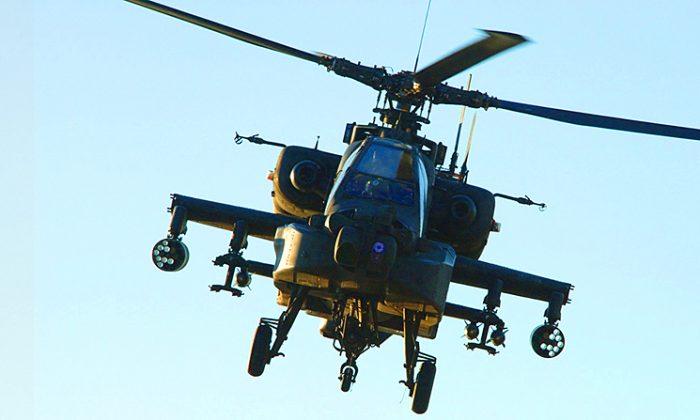
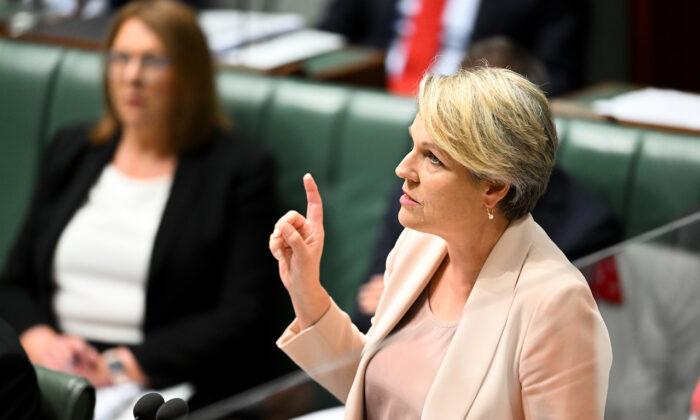
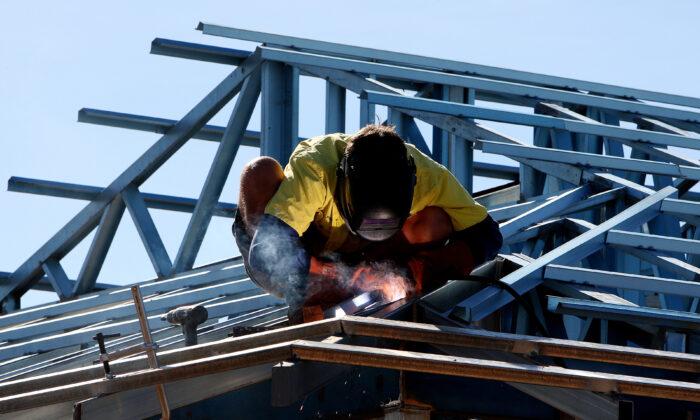
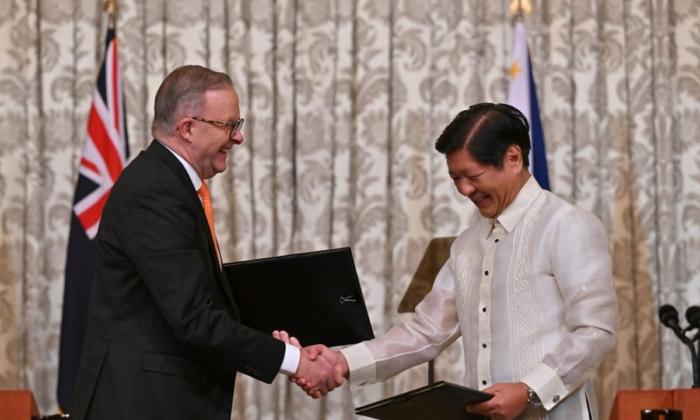
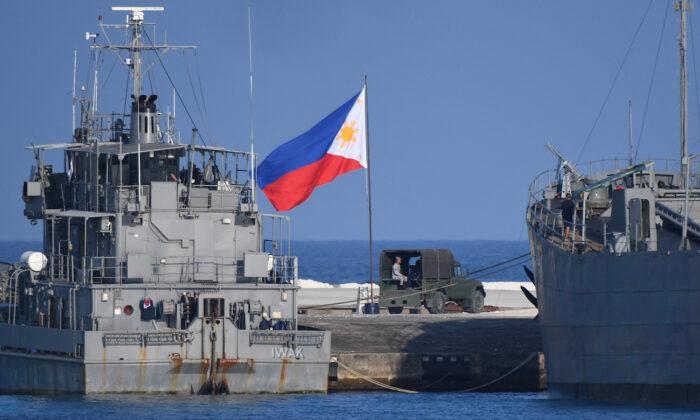
Friends Read Free